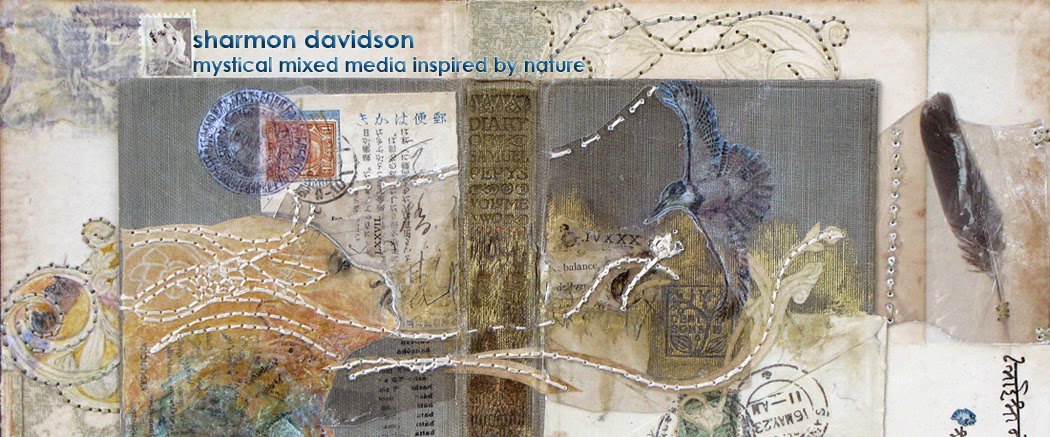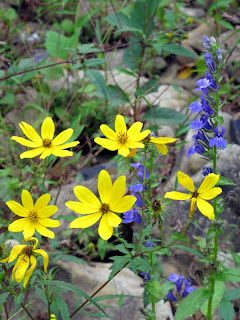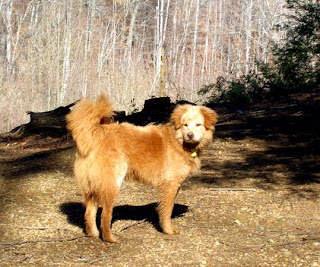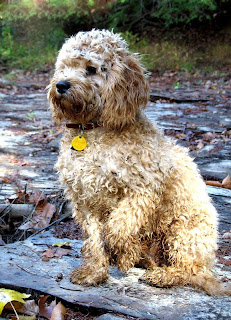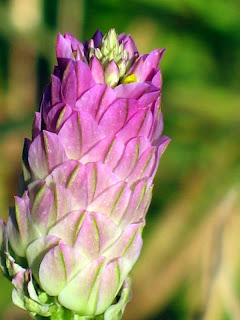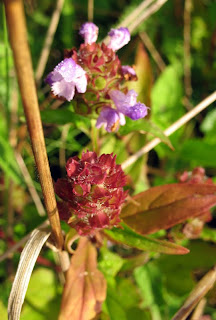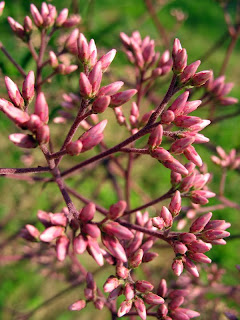I'm often asked about the process and techniques I use to create my work. My answer is usually something along the lines of, "Well, uh...uum..." I don't mean to be cryptic or secretive, it's just hard to explain. It can't be neatly summed up using words or phrases that everyone understands, such as, "watercolor on paper" or "etching" or even "collage." "Mixed media" is pretty vague, and covers almost anything from altered photographs to assemblage/sculpture. My process is difficult to describe partly because it's something I came up with on my own, and partly because many people aren't familiar with the terminology; the word "monotype", for instance, requires an explanation of its own. So here's my attempt to outline it as concisely as possible, and hopefully, without boring anyone to death.
My process for these mixed media pieces usually begins with a monotype serving as the base layer, to which I later add further layers of color. A monotype is basically a hand-pulled print that, put simply, amounts to transferring a painting onto paper. No "plate" is created, so only one image can be printed- hence the term "mono-". (For more info about monotypes and monoprints, click
here.) The only exception in this process is that occasionally I use a watercolor painting as the base layer. The monotype itself consists of many layers of lithographic ink, thinned to transparency in order to allow the colors of previous layers to show through. In this way, I believe the mixing of colors to be richer and more varied than if I pre-mixed the inks in advance. Normally there are at least three to six passes through the press, with leaves and other plant materials included in at least some of the pressings. All of these pieces are done on a substrate of Rives BFK 100% cotton printmaking paper; inks and other materials are as archival and lightfast as possible.
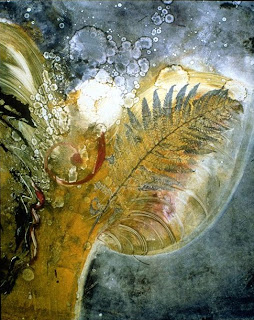 Star Being II
Star Being IIThis piece is almost entirely monotype, with very little added media.
After the monotype is dry, layers of watercolor, colored pencil, and other (mainly transparent) media are added. If any collage elements are included, they are pieces of my own monotypes or other original artwork produced by me. With this layering process, I hope to achieve a certain luminosity and brilliance, as well as a blending and unity of images. This unity is an objective in conveying the content of my work. The process I use in creating these pieces is one that I developed myself through trial and error, in an effort to achieve the result I desired.

In
Angel of the Sunrise, above, I have used more additional media than in
Star Being II. The wings have been defined with Caran D'Ache crayons, and parts of the background have been darkened and unified with transparent acrylic inks and paint.
 Deep in the Sea of Dreams
Deep in the Sea of DreamsThe piece above has had many more additions than
Angel of the Sunrise. The sleeping face was done with metallic oil paint sticks; I also used these to add shine to the fish. The fish itself was drawn with acrylic ink and watercolor pencils. This one also contains collage elements, such as the "third eye" and some of the plants, which were cut from old monotypes.
The images are formed from the vocabulary of symbols that I’ve developed as I sought to express the theme that lies at the foundation of it all: a deep belief in the unity and connectedness of everything in the universe. Related to this is my conviction that every part of the earth is sacred, including the myriad beings that ride it through space. At the most basic level, we are made of the same stuff as the stars, the trees, the air, the ocean. Having come from the same source, we are all connected in the most intricate ways, both visible and invisible. This belief is expressed by the transposition of objects, the overlapping of transparent images, and by forms that seem to transform into something else. I'm constantly searching for more effective methods of revealing this mystery.

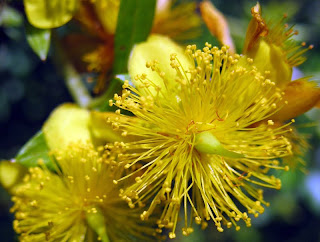


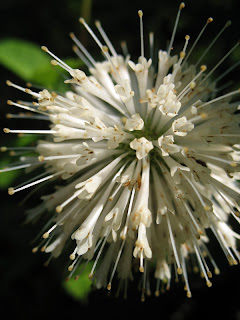 Here's another unidentified flower, which I'm calling the Snowball for now. Again, I found nothing like it in the book. Maybe I've found a new species!?
Here's another unidentified flower, which I'm calling the Snowball for now. Again, I found nothing like it in the book. Maybe I've found a new species!?
